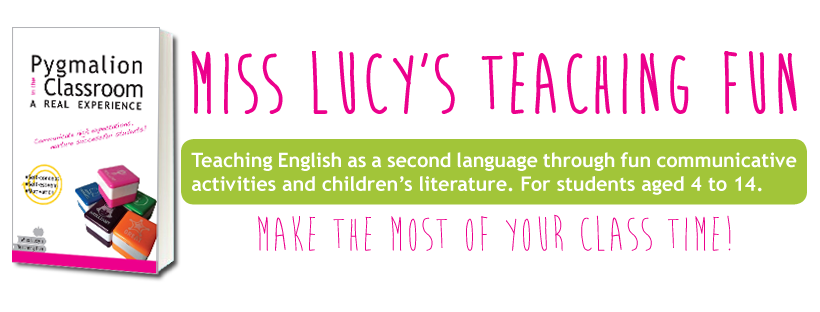 There are several theories on how to maintain order and discipline in a class of more than 1 student / child. A well-known tool is the time out, a method which nowadays is generating many debates between parents and teachers.
There are several theories on how to maintain order and discipline in a class of more than 1 student / child. A well-known tool is the time out, a method which nowadays is generating many debates between parents and teachers.The Time out is a behavioral discipline tool (Pavlov's dogs and Skinner's pigeons, just to be clear), which consists of isolating the child who behaves badly and leaving him a few minutes to, supposedly, think and reflect on what he has done 'wrong'. In the classroom, time out can be translated with the use of a chair (the thinking chair) placed in an isolated corner while at home it can coincide with the option of leaving the child alone in his room for a certain time.
People who are against this measure provide reasons I'd take into account since they claim that this type of solution communicates to the child something like 'every time you make a mistake, you will be rejected and you will have to deal with your emotions by yourself.
'
Now, when you only have 1 child or 2, it may be worthwhile to look for more sensitive and constructive alternatives to solve behavioral issues, however it is clear that in a class of at least 25 students, only 1 child who does not behave properly can likely generate endless of difficult to manage problems, especially when you have a schedule to accomplish and no time to waste. Having to choose between giving a class or adequately attend to the emotional storms of your students is an undesirable situation and we often tend to opt for the quickest and most effective solution in terms of time and effort.
Anyway, all this reflection to actually tell you that I had a difficult month because of some discipline problems in my classes of 5 years, and, check this out, I only have 7 students. So the other day, after weeks of reflections and useless attempts to solve the situation, reluctantly, I informed the principal that I was going to take a chair down to the class: the thinking chair, too bad! And she told me "Ah, the calm down chair!" And I, who had already accumulated enough stress, I joked, "Yes, the calm down chair for the teacher!"
That very same moment an alternative to the thinking chair came to my mind: I decided that I was not going to force any child to sit on the wicked chair, quite the opposite, I was going to sit on it, myself. I was going to sit there and count up to 3 every time I'd noticed an inappropriate behavior going on for too long: at my 3 everyone had to stay 'quiet and still', in order not to lose any of their 3 points and, therefore, the sticker that I usually let them choose at the end of each class.
I explained everything to them at the beginning of the lesson, showing them the sign where I had written their names and finally we rehearsed it.
I'm pretty sure they took it as one more game (probably the musical statues) and it was much simpler to maintain the control of the class, without stress. Moreover, I have the impression that we all won, because on the one hand I saved a lot of energy, while on the other hand the children, although they had the chance to jump and run (being children, in the end), they were not scolded or punished since at my 3 they were all sitting around me ready to listen to the instructions of the next activity. By making them see clearly the consequences of their actions, keeping the sign with the points and their names in sight all the time, they could actively take their behavior under control.
It was a very profitable and fun class for everyone, all the time and, above all, to prepare the necessary material was not very elaborate since the sign is a laminated A4 white sheet of paper where you can write and erase names and points with markers for whiteboard.
Have a happy and relaxing Easter break!
--> Quiero leer esta entrada en castellano
More about Easter and Spring



























